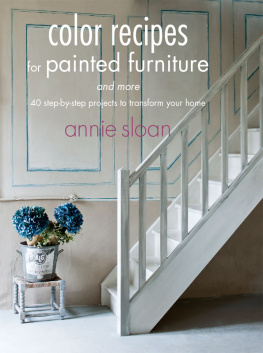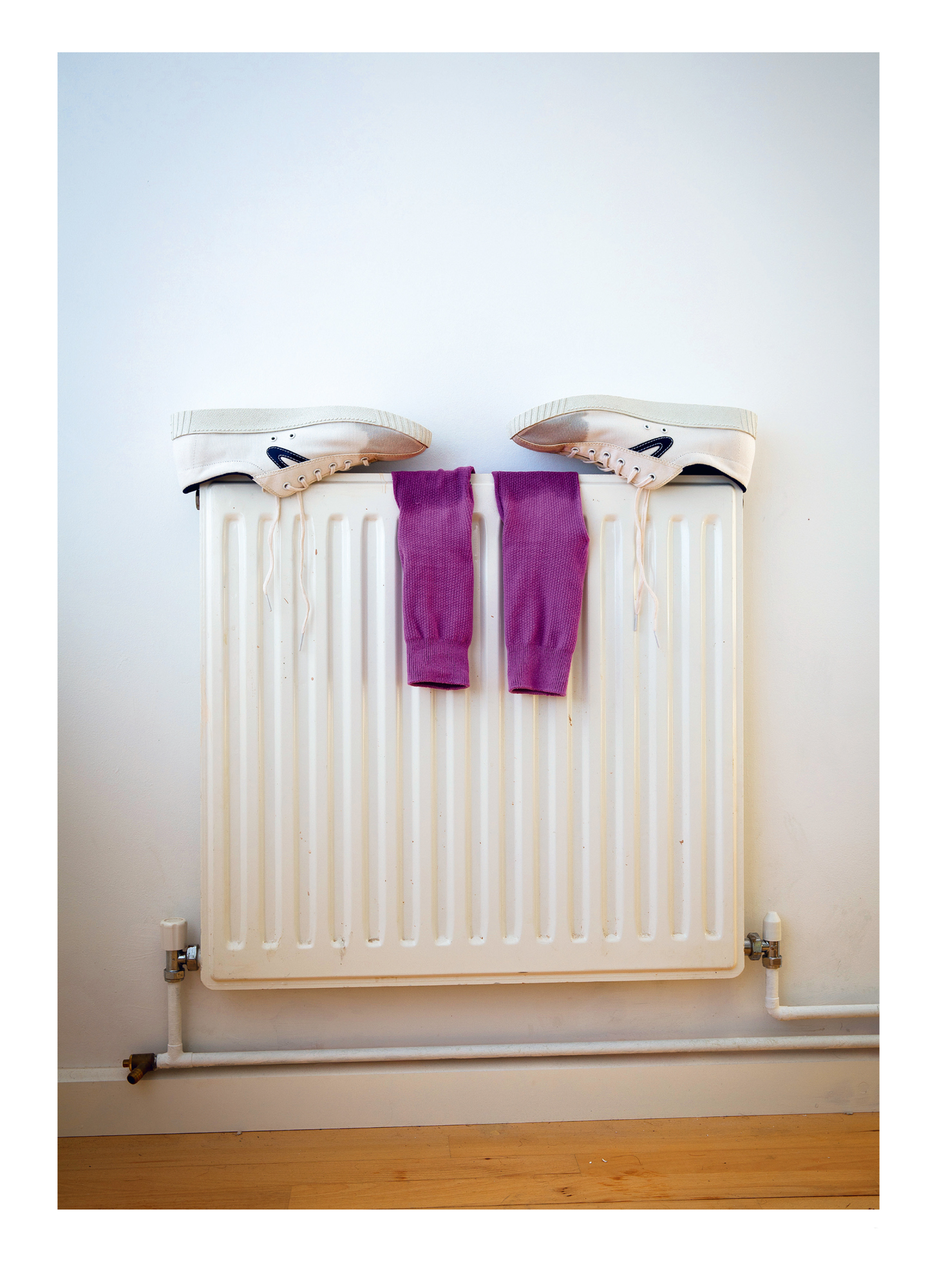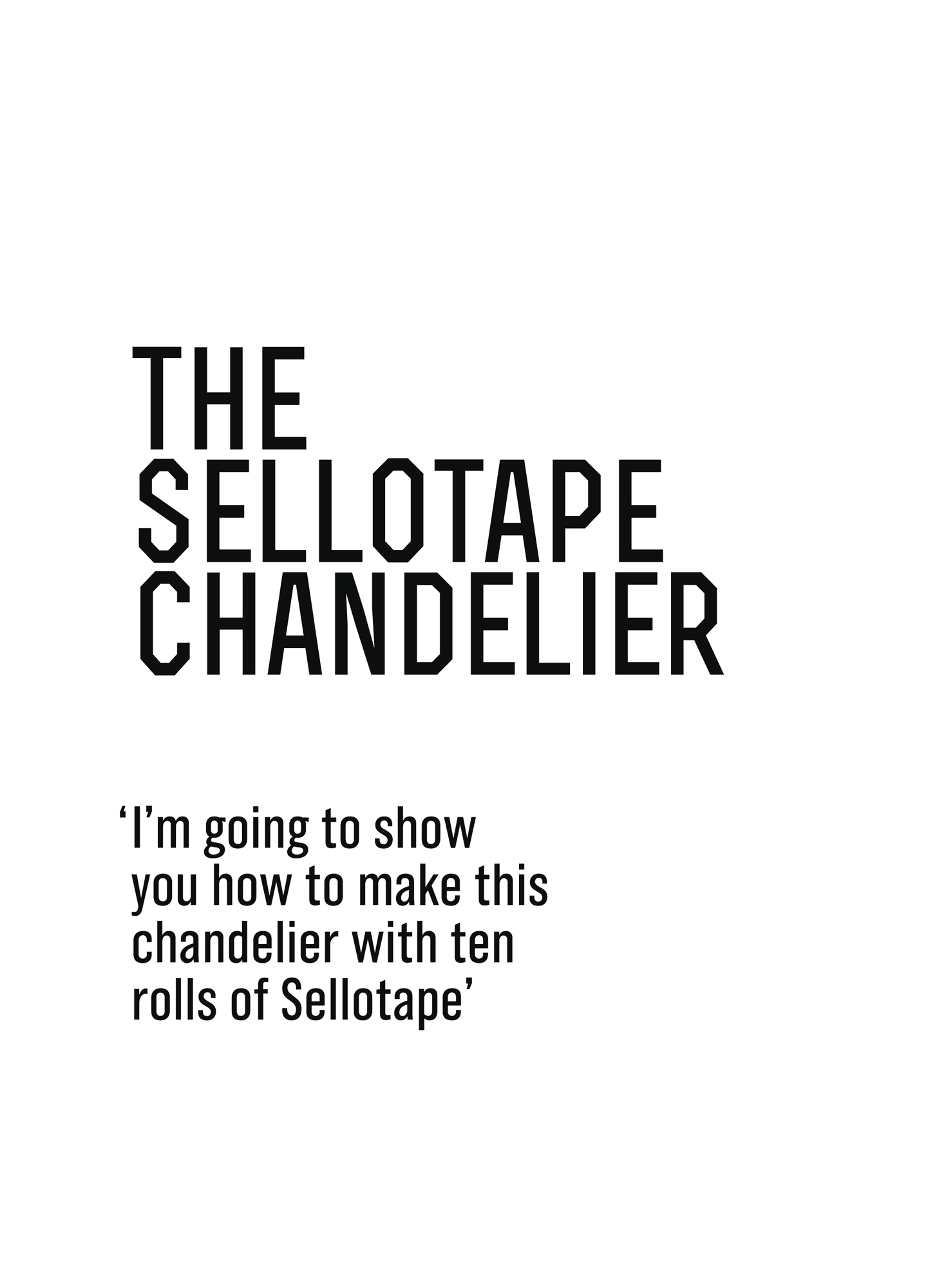EXTRAORDINARY PROJECTS FROM ORDINARY MATERIALS
Extraordinary materials are all around us. In the garden shed, in the kitchen cupboard and in the local hardware store.
Take cling film or plastic wrap, for example. There is much more to this humble ordinary everyday material than first meets the eye. Like many basic household materials, plastic wrap, or Saran Wrap to the Americans, was created by accident in a laboratory in the US almost eighty years ago. It was first used by the military as a waterproof coating for aircraft during the Second World War (it was then green and had a nasty smell) and by the automotive industry before being used in the food industry in packaging, the use we are most familiar with today. Yes, plastic wrap is used to wrap sandwiches in your packed lunch. But one roll of ordinary supermarket cling film can also be used to make a hammock strong enough to support the weight of an adult. Extraordinary!
The most common everyday materials are wood, plastic, stone and metal. These in turn can be treated or processed to make other ordinary materials. Wood becomes wood chips which are transformed into MDF (Medium Density Fibre) boards, plastic into PVC sheets, and metal into aluminium foil, for example.
Many extraordinary materials are already all around us in the guise of something so ordinary we dont give it a second glance. They are not in themselves dull but often its the way in which we use them that has become traditional or just boring.
Most everyday or industrial materials are fit for very specific purposes but some can be more adaptable. Understanding which material suits which purpose is often common sense. Think of factors like durability, texture, warmth and perhaps the way a certain material looks. In short, how the material behaves, how it feels and what it looks like. Knowledge about materials comes from testing and experimenting, often to understand at what point a material breaks and becomes useless. Be ambitious with your experiments (even if they turn into ambitious failures). A good rule is always to ignore what it says on the tin.
In this section Im going to take some very ordinary materials and challenge the way they are normally used. Here are a few pointers to help you see materials and their possible functions in a more extraordinary way.
1. Look again at the materials you have to hand or that are cheaply and easily available. Think of new ways you could use a particular material, transforming the ordinary into the extraordinary.
2. Experiment with materials though trial and error you discover both a materials limits and potential new uses.
3. Turn your ideas upside down. Think of a use for a material that hasnt been attempted before. In other words, think like a designer.
These first four projects use readily available materials in ways that perhaps you havent thought about before. In each project, the intended use for the material tries to move as far away as possible from its everyday use. As with all the projects in this book, the skill level required is relatively low, but the design and idea content is high.
It rains a lot in the UK and I do not own a pair of wellington boots I wear trainers most of the time and this means that I often end up with wet feet. The idea for these waterproof shoes came to me soon after getting some dipping rubber called Plasti Dip. It comes in bright primary colours (including glow-in-the-dark), air dries and gives a great finish and it got me thinking of all the different things I could possibly dip.
Around the same time, the Swedish plimsole manufacturer Tretorn was asking designers to customise their basic plimsoles.
I wanted to do something functional rather than decorative and I noticed that the toe of the plimsole wasnt rubber-capped which would mean wet toes on rainy days. So I chose to dip the shoes in yellow dipping rubber to waterproof them but also to add an aesthetic dimension to this classic white sports shoe.
INGREDIENTS
- plastic bags
- shoes
- hooks
- paper
- Plasti Dip
This project is about using a simple everyday material, Sellotape, in an unusual way to exploit two of its unique properties.
First, because it is sticky on one side, you can mould it round a form really quickly and effectively. Second, it is transparent and refracts light in an interesting way. Finding a material that is right for an application is a skill that takes knowledge and experience, but finding a material that is uniquely appropriate to a certain function is very difficult. I think that using Sellotape in this way is getting there.
I needed a starting point with this project, so I used an existing chandelier on which to base my design. I assembled several unrelated components, a traffic cone, some bowls and a tray and then gaffer taped them together to form approximately the right shape.
In a similar way to the Pallet Replica Armchair on p.112, I am not suggesting that you necessarily make an exact copy of this chandelier, more that you follow the rationale and process and play with the idea shown here.
Before I started on the actual chandelier, I did a couple of tests with the Sellotape on a salad bowl so I could see how the material behaved. In most projects, testing is critical to success. This is quite an ambitious project; you are using Sellotape in a way that you probably havent before. My tips for success are to be methodical, take your time and make sure you have enough rolls of tape to complete your project.
INGREDIENTS
- 10 rolls Sellotape
- salad bowl
- craft knife
- traffic cone
- scissors
- tray
- gaffer tape
- plastic cup
- dessert bowl
- tea light holder
- ping-pong ball
- low energy light bulb
























